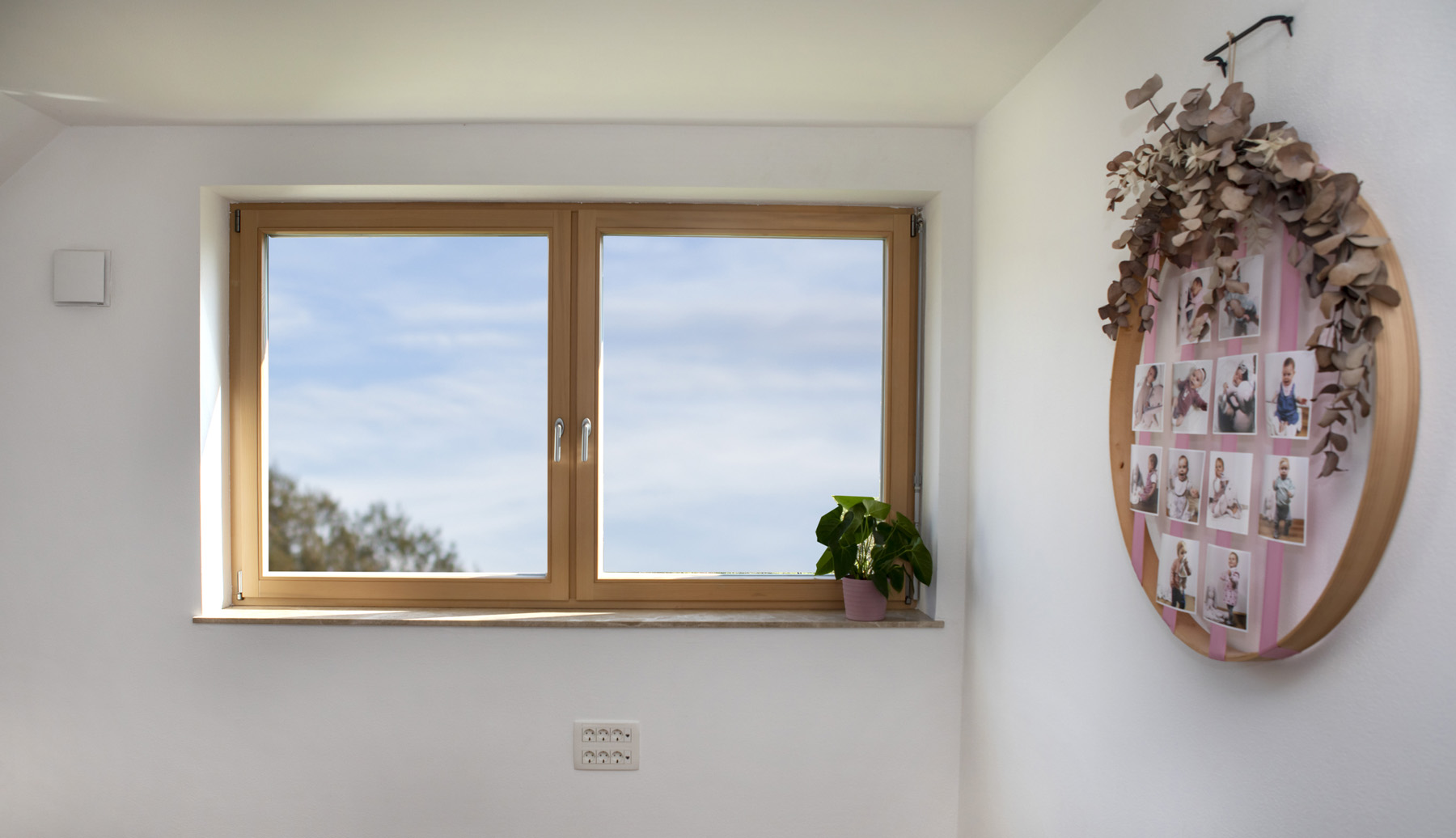How to properly ventilate rooms

Poor air quality harms your health and well-being
Poor quality of the air we breathe can lead to health problems and a general feeling of being unwell. How to ventilate properly, how often and for how long depends on many factors. A four-member family in a small apartment has to ventilate their rooms more often than, for example, a couple in a larger house. Ventilation should also be adjusted to the dynamics of living. For instance, the kitchen should be ventilated after cooking, the bedroom in the morning when we get out of bed and the bathroom after showering.
The consequences of poor air quality include:
- Headaches,
- Poor concentration,
- Fatigue,
- Sleeping problems,
- Humidity and mould.
Ventilating a house or apartment with old windows
Old windows usually do not offer a tight seal, so air from the outside continuously invades the space. Additional ventilation of the rooms is also necessary in such a building, as the cold air that seeps into the living spaces does not provide quality air exchange.
Ventilation with drafts in a very short time ensures air exchange, while the temperature in the room only drops by approximately 1°C. On the contrary, prolonged ventilation on tilt does not provide sufficient air exchange, cools the walls and leads to condensation and mould.
Ventilation wide open
The most effective is short-term intensive opening of windows wide open. This means ventilating several times a day for 5 to 10 minutes, preferably with windows wide open, or by creating drafts for a few minutes. With such ventilation, the air in the room is exchanged in a very short time. The walls remain warm due to stored heat or cool down minimally, thus preventing condensation or mould formation.
Prolonged ventilation on tilt
A common but inefficient method of ventilation, especially in colder months, is so-called permanent ventilation with windows on tilt. This type of ventilation causes significant heat losses and at the same time does not provide sufficient air exchange. Due to prolonged seepage of cold air into the room, the walls eventually cool down. Wall surfaces start collecting condensation, leading to the formation of mould.

Four rules for effective room ventilation in winter
- Open the windows wide several times a day for 5 to 10 minutes – this is recommended every 3 hours when staying in the room. If you create a draft with several windows wide open, air exchange can be achieved in just a few minutes.
- Prolonged room ventilation with windows open on tilt during the heating season is not recommended as it does not provide sufficient air exchange. At the same time, this method of ventilation cools the walls, causing heat losses and condensation on the walls.
- Heating causes dry air, which can contain more dust, causing respiratory diseases and various cold-related illnesses. In winter, proper ventilation is thus necessary for a healthy and comfortable living.
- Monitor air humidity. The ideal relative air humidity is 50%.
Proper ventilation is essential to ensure a healthy and comfortable living climate without unnecessarily cooling the rooms.